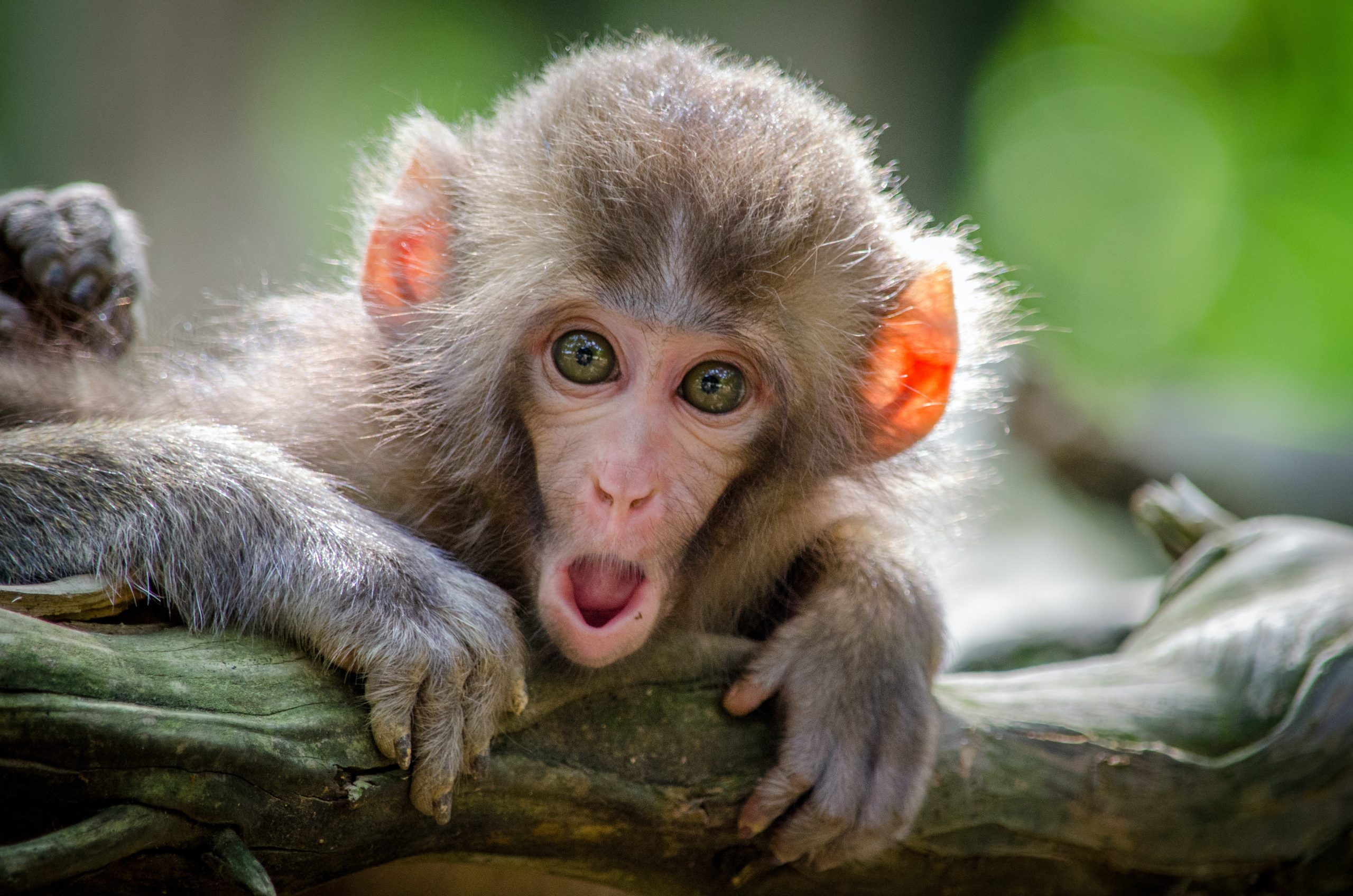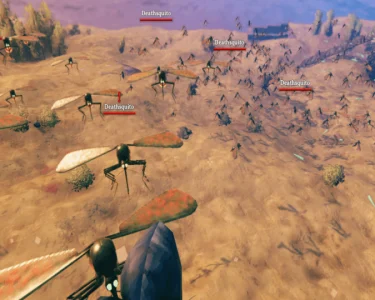Monkeys are known for their acrobatic abilities, swinging effortlessly from tree to tree and leaping from branch to branch. Their agility and grace make them some of the most captivating animals to watch in the wild. But how do they manage to navigate their complex arboreal environments?
One of the key adaptations that allows monkeys to move through trees with such ease is their grasping hands and feet. Many species of monkeys have opposable thumbs and big toes, which allow them to grip onto branches and tree trunks with great dexterity. Some species, like spider monkeys and howler monkeys, even have a prehensile tail that can be used to grasp onto branches and support their weight.
In addition to their physical adaptations, monkeys also have unique behaviors that help them navigate their arboreal environments. For example, some species, like capuchin monkeys, will use tools to help them access food or water. They have been observed using sticks to probe for insects or using rocks to crack open nuts.
Monkeys also have complex social structures that can impact their arboreal behavior. In some species, like the gelada baboon, males will engage in fierce battles for dominance, which can impact their ability to access resources and move through their environment. In other species, like the mantled howler monkey, males will use their vocalizations to communicate with each other and establish their territory.
However, the arboreal environments that monkeys call home are under threat. Deforestation and habitat destruction are major threats to monkey populations, as they rely on trees for food, shelter, and mobility. In addition, many species of monkeys are hunted for their meat or captured for the illegal pet trade.
As such, it is important that we work to protect these arboreal habitats and the animals that call them home. This can involve supporting conservation efforts, promoting sustainable forestry practices, and working to end the illegal trade in wildlife. By doing so, we can help to ensure that monkeys can continue to live their acrobatic lives in the trees for generations to come.




